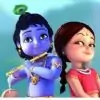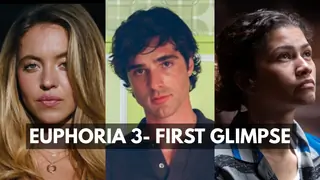Happy Navratri to all
This festival is devoted to the Mother Goddess known by different names such as Durga, Kali, Bhavani, Amba, and Chandika, It has been celebrated in it's most unique and different ways in various parts of India and abroad with devotional songs, bhajans and cultural programs with Garba or Dandiya Raas in the state of Gujarat. This is traditional folk dance of Gujarat. Garba is performed by placing a decorative pot with lighted diya inside. All nine days pooja is performed and then women circles singing traditional garbas singing praises of Mataji. At the end aarti is performed and offering prasad is distibuted. Dandiya raas has become more popular among younger generation and it is being enjoyed all over india and abroad as part of Navratri festivity.
In Punjab and Delhi, It is called Navratras. it is a period of fasting for seven days. . On the eighth day or Ashtami, devotees break their fasts by invting young girls at home. These girls are treated as the goddess on this day. They are called "Kanjak Devis". People ceremonially wash their feet, worship them and offer them traditional halwa, puri and chana to eat along with bangles, red chunnis with a token amount of money as shagun. The ninth day is called Navami which means literally the ninth day of this holy and pious period.
In West Bengal, This is one of the biggest and most important festivals for the people. For the ceremonies Pundals (temporary public booths) are formed. The ceremonies are conducted with grand prayers and mass feeding. It is celebrated as Durga Pooja, In pooja beautiful idols of the Goddess are decorated and worshipped for a period of nine days. they are immersed on the tenth day. Different manifestations of Durga are worshipped every night.
In southern India Navratri is celebrated using display of images of God and toys at home for nine days in a grand way with poojas and archanas conducted for Goddess Durga.
In some parts of northern India Ram Leela is performed during Navratri depicting Ramayana. On the tenth day according to the Ramayana Lord Ram killed the demon Ravana and hence this day marks the victory of good over evil. The day after Navratri (i.e the tenth day) is known as Dassera. In many parts of India It is also called "Vijaya Dashmi" which is celebrated with grandness and glory.
On this day giant effigies of Ravana. Kumbhakarna and Meghnad are publicly burnt. Even though this festival is celebrated differently, ultimate aim of this festival is to worship mother goddess.






























